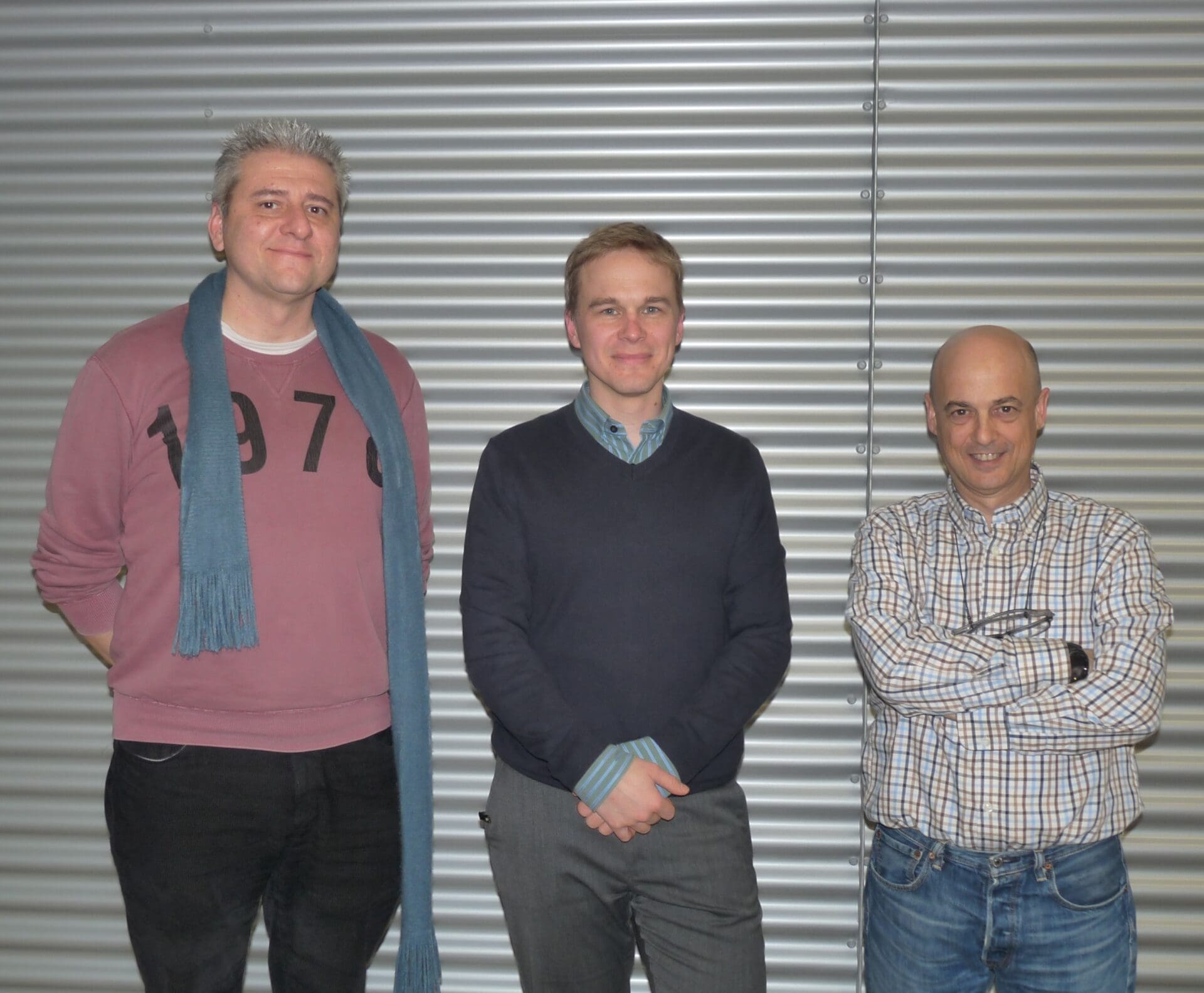
 27/02/2015
27/02/2015
 12:00
12:00
 ICIQ Auditorium
ICIQ Auditorium
- Lecturer: Prof. Kevin Sivula
- University: École Polytechnique Fédérale de Lausanne (Switzerland)
Solution Processed Photoelectrodes for Solar Water Splitting
A promising technology for the direct conversion of solar energy into chemical fuels is a water splitting photoelectrochemical (PEC) cell. A practical PEC device that can produce H2 from water at a cost less than a traditional PV + electrolysis approach is difficult to envision without it possessing a simple construction that employs widely available materials and inexpensive processing techniques. A tandem cell consisting of 2 solution-processed photoelectrodes (photoanode/photcathode) can reasonably reach this goal. While n-type oxide semiconductors have been established as viable photoanode materials, cheap and stable p-type photocathodes are less developed. In this talk our groups’ progress in the development of solution-processed stable photocathodes is presented and their application toward overall photoelectrochemical water splitting tandem cells is demonstrated. Three classes of promising materials are discussed: copper and iron based oxides, ternary and quaternary chalcogenides, and 2D (layered) transition metal chalcogenides. In each case the challenges to maximize photogenerated charge collection in thin films prepared by solution-based deposition approaches are highlighted and the use of bottom-up nano-structuring to gain insight into routes for improvement and overcome these challenges are established. The optimization of these materials for solar water reduction using overlayers and catalysts, and the stability under reasonable operation conditions are addressed. Routes to improve the unassisted and overall solar water splitting performance in tandem cells with commonly used oxide photoanodes are finally outlined.
Other events

Let's create a brighter future
Join our team to work with renowned researchers, tackle groundbreaking
projects and contribute to meaningful scientific advancements



















